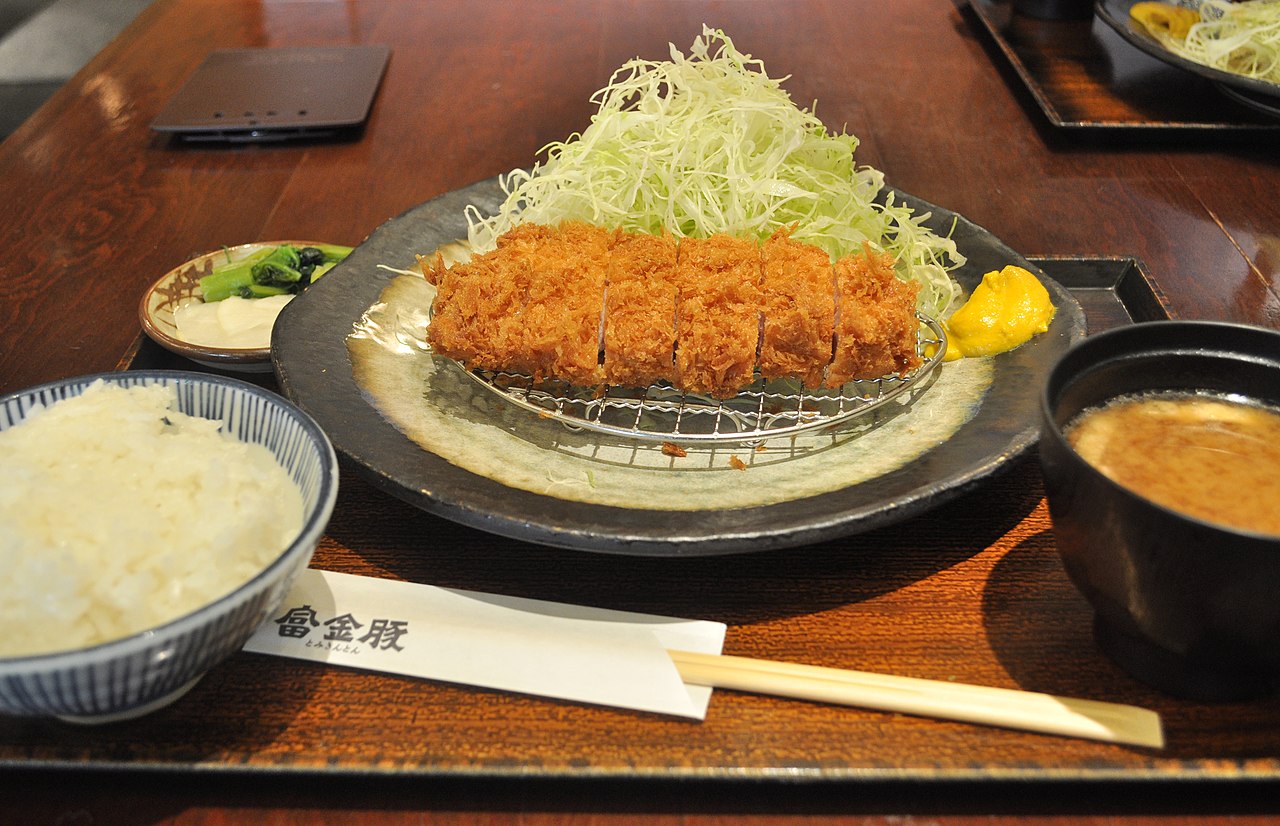Comfort foods is one of those topics that breaks down cultural barriers. I’ve used it in ESL lessons. It is perfect for language learners because it connect ingredients, culture, family, location, and a host of other elements of life that are essential to a well rounded conversation. I really should use it more often as a warm up when I am in a teaching rut. Similar to another kind of rut: the rut of not writing. Don’t call it writer’s block. Can’t be a block when I haven’t even put pen to paper in several months. So here we go again. A ten minute pre-meditation writing experiment.
My comfort food is spaghetti. More specifically spageddy. It is a Northeastern American food consisting long straight pasta (the cheap stuff, sometimes an “angel hair” variation can be used, but let’s not get crazy), a big block of ground meat (beef, pork, or turkey/chicken if you’re lame), and some kinda of Ragu. Bought red sauce in a jar. Maybe you chop up an onion but let’s be honest: prep work sucks. We want our spageddy quick and easy. Just cook the meat in a deep pan, then dump the whole jar of that red sauce on top. Keep the heat on a bit longer, maybe another minute – and done! Also, boil a big old pot of water, then snap a huge handful of pasta in half (no need to measure how much) and throw it in. Keep the heat cranked on the burner, stir the pasta occasionally and after about 15 minutes remove and pour it into a large colander. Everything is done, so let’s eat.

I prefer to place by pasta on my plate first, then liberally dump my meat sauce on top. Add a ton of pre-grated Parmesan cheese from a green cylindrical container (Kraft, off-brand – doesn’t matter). I like to chop it up with knife. That’s not blasphemy! This serves 1, 2, or 10 people.
That’s my recipe! It has served me well across national borders. All ingredients can be found in supermarkets worldwide with very little fuss. Spageddy has served me well throughout my time in Asia. I used to make this exact recipe living out of a pension in rural Jeju Island, South Korea. Cooking on a one-burner portable canister gas stove (called a ボンベ / “bon-bey”stove in Japan), I’d churn out this meal twice weekly. This is when I had the metabolism of a gazelle, but never mind the calorie counts. I am sure this spageddy recipe has all the nutrients you need.
My wife once tried to do something with pasta, tuna, and zero red sauce. I was appalled to say the least. Nope…that’s not my spageddy. My spageddy is red with meat in it. You can cut it up with a knife. Don’t overthink it!





















